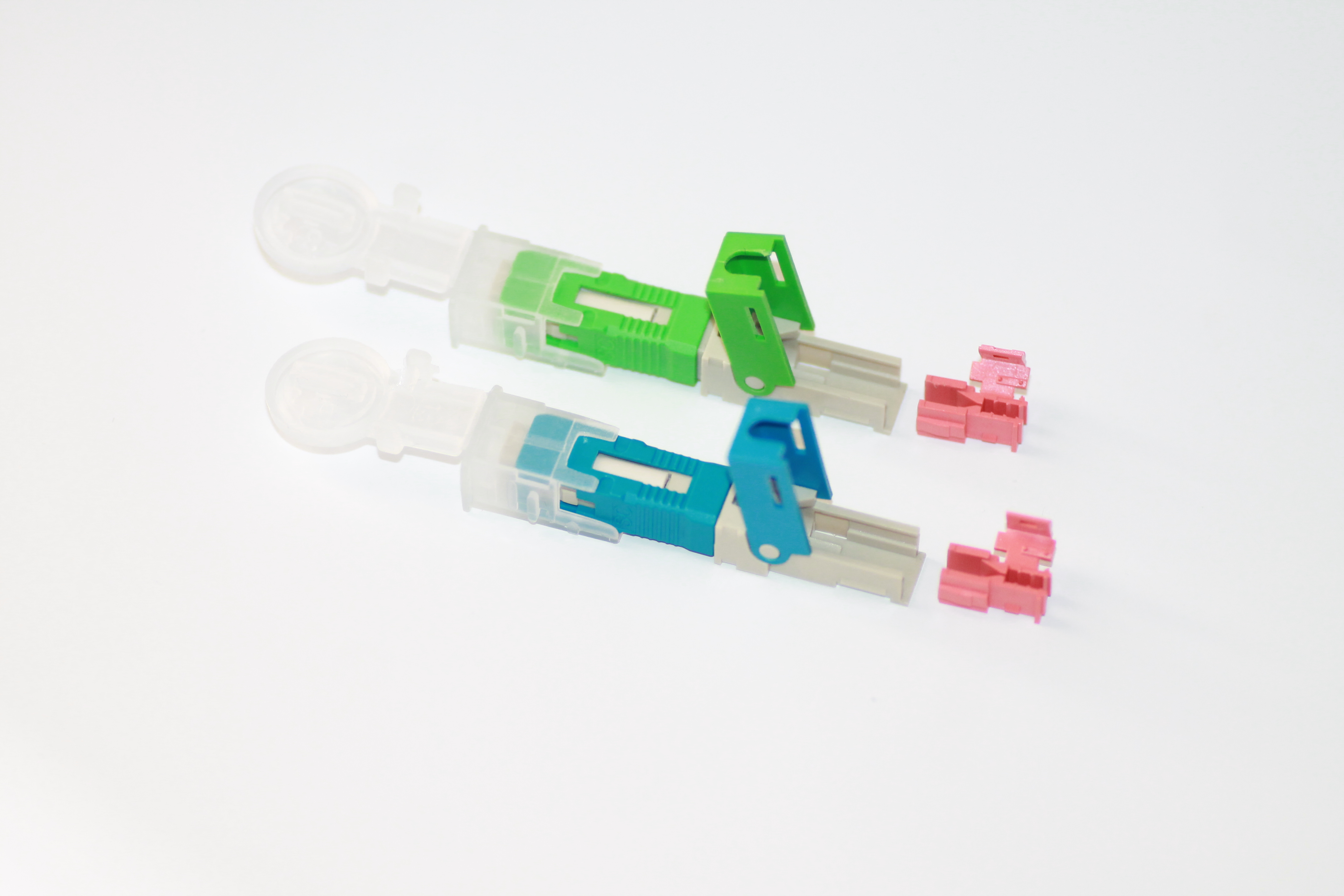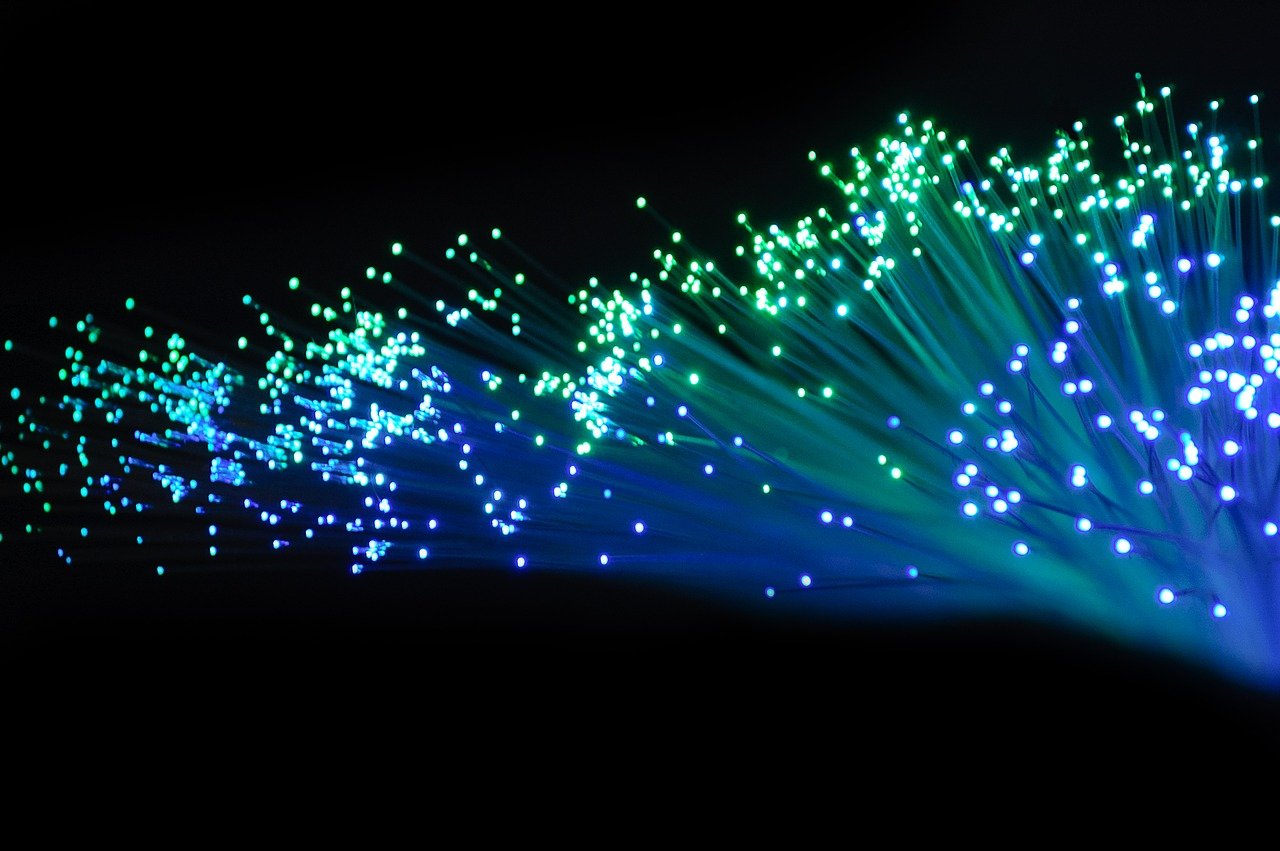The Advantages of Using FoFC Fast Connector in Fiber Optic Networks

Understanding Fiber Optic Networks
Fundamentals of Fiber Optics
Fiber optic networks, also known as optical fiber networks, have transformed communication infrastructure by enabling high-speed data transmission. These networks utilize fiber-optic communication, which involves the transmission of data through thin strands of glass or plastic known as optic cabling. The use of fiber optic networks has significantly enhanced the speed and efficiency of data transmission compared to traditional copper wire systems.
Optical fiber networks enable the seamless transmission of large volumes of data over long distances.
Fiber-optic communication ensures minimal signal loss and provides a secure means of transmitting sensitive information.
The deployment of fiber optic networks has revolutionized various industries, including telecommunications, internet services, and cable television.
Fundamentals of Fiber Optics
Data Transmission
Fiber optics revolutionize data transmission by utilizing light signals to carry information. Unlike traditional copper wire systems, fiber optic networks transmit data at incredibly high speeds, making them ideal for applications that require rapid communication and large bandwidth. The use of light signals allows for minimal signal loss over long distances, ensuring the efficient and reliable transmission of data.
Optical fiber networks utilize the principle of total internal reflection to guide light through the fiber strands, enabling high-speed communication.
The use of fiber-optic communication ensures that data is transmitted with minimal interference and can support high-bandwidth applications such as video streaming and cloud computing.
Network Infrastructure
The physical network infrastructure for data transmission is established using fiber optic cables, which are designed to accommodate the high-speed communication demands of modern digital networks. These cables provide a robust and reliable means of transmitting data across various locations, including metropolitan areas and international connections.
Optic cabling is essential for creating the backbone of fiber optic networks, providing a secure pathway for transmitting data with minimal signal loss.
The deployment of fiber optic network infrastructure supports the seamless integration of advanced communication technologies, driving innovation in various industries.
Enhancing Networks with FoFC
Fast Connector Benefits
The utilization of the FoFC fast connector in fiber optic networks offers a multitude of benefits that contribute to the optimization of network performance. One of the key advantages of the fast optical connector is its ability to streamline the installation and maintenance processes, reducing downtime and enhancing overall network efficiency.
Efficiency Enhancement: The fast optical connector simplifies the process of connecting fiber optic cables, minimizing installation time and labor costs.
Reliability Improvement: By ensuring secure and stable connections, the fast connector enhances the reliability of fiber optic networks, reducing the risk of signal loss or disruptions.
Versatility: Fast connectors are compatible with various types of fiber optic cables, providing flexibility in network configurations and allowing for seamless integration with existing infrastructure.
Data Speed and Bandwidth
The implementation of fast connectors significantly contributes to maximizing data speed and bandwidth within fiber optic networks. This enhancement enables high-speed data transmission, supporting a wide range of applications that demand rapid communication and large bandwidth capacity.
High-Speed Transmission: Fast connectors facilitate swift data transmission, meeting the requirements of bandwidth-intensive activities such as video conferencing and cloud computing.
Bandwidth Optimization: By maximizing network bandwidth, fast connectors enable efficient utilization of available resources, ensuring seamless data flow across the network infrastructure.
Installing FoFC Connectors
Installation Process
The installation of the FoFC connectors is a simple and efficient process that ensures rapid deployment within fiber optic networks. The fast optical connector's design allows for quick and straightforward installation, minimizing downtime and optimizing network performance. The streamlined installation process contributes to the overall efficiency of fiber optic networks, enabling swift connectivity and reliable data transmission.
The installation process involves securely connecting the fiber optic fast connector to the respective fiber optic cables, ensuring a stable and durable connection. This seamless integration enhances the network's reliability while facilitating high-speed data transmission across the infrastructure.
The simplicity of the installation process also reduces labor costs and time requirements, making it an ideal solution for network expansion or maintenance activities. Overall, the straightforward installation of FoFC connectors contributes to the seamless operation of fiber optic networks, supporting various applications that rely on rapid and secure data transmission.
Compatibility and Flexibility
FoFC connectors are designed to be compatible with a wide range of fiber optic cables, providing flexibility in network configurations. This compatibility ensures that the fast connectors can seamlessly integrate into existing network infrastructure, accommodating diverse connectivity requirements without significant modifications. The versatility of FoFC connectors allows for efficient upgrades and expansions within fiber optic networks, meeting evolving communication needs while maintaining high-performance standards.
Additionally, the flexibility offered by FoFC connectors enables swift adjustments to network configurations as needed, supporting dynamic operational demands without compromising reliability or data transmission speed. The compatibility and flexibility of these fast optical connectors make them an essential component for optimizing fiber optic networks.
FoFC vs. Traditional Connectors
When comparing FoFC fast connectors to traditional connectors in fiber optic networks, it becomes evident that the fast optical connector offers significant advantages in terms of efficiency and reliability. The streamlined installation process and secure connections provided by the FoFC fast connector contribute to improved network performance, ensuring swift data transmission and minimal signal loss. In contrast, traditional connectors may require more intricate installation procedures and are more susceptible to signal disruptions, leading to potential reliability issues within the network.
Furthermore, the fast optical connector presents a cost-effective solution for optimizing fiber optic networks. Its compatibility with various fiber optic cables and the flexibility it offers in network configurations minimize the need for extensive modifications or upgrades, resulting in cost savings for network deployment and maintenance. Traditional connectors may entail higher installation and maintenance costs due to their complex installation requirements and potential reliability challenges.
Optimizing Fiber Optic Networks with FoFC
Incorporating the FoFC fast connector into fiber optic networks significantly enhances their operational efficiency and reliability. The seamless integration of the fast optical connector ensures swift and secure data transmission, contributing to improved network performance. By optimizing the network infrastructure with the FoFC connector, organizations can effectively meet the demands of high-speed data transmission and maintain a robust communication framework. The utilization of this advanced connector technology aligns with the evolving needs of modern digital networks, supporting diverse applications and ensuring seamless connectivity across various locations.
See Also
Maximizing Fiber Optic Connectivity Performance While Minimizing Costs
Advantages of Weatherproof FastConnect Fiber Field Assembly Connector
Advantages of ADSS Fiber Optic Cables for Overhead Power Lines
Harnessing the Potential of FastConnect: Features and Advantages


